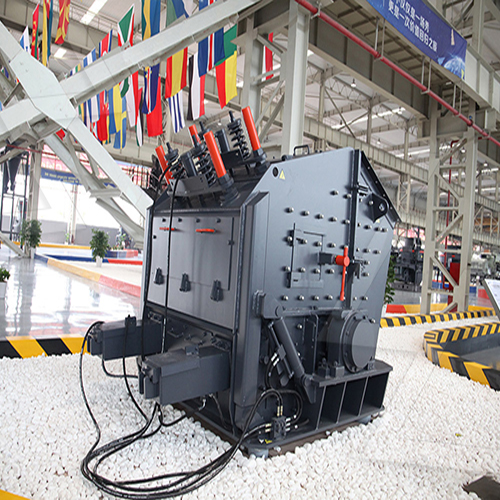A 500 to 1000 TPD (Tonnes Per Day) cement grinding plant is a mid-sized facility designed for grinding clinker, gypsum, and other additives to produce finished cement. Here’s a detailed breakdown of the key components, process flow, and considerations for such a plant:
—
 1. Key Components of a 500-1000 TPD Cement Grinding Plant
1. Key Components of a 500-1000 TPD Cement Grinding Plant
# A. Cement Mill (Ball Mill / VRM)
– Ball Mill: Traditional choice with high reliability; suitable for both open and closed-circuit grinding.
– Vertical Roller Mill (VRM): More energy-efficient (~30% less power than ball mills), compact, and ideal for modern plants.
– Capacity:
– For 500 TPD: ~20-25 tph output
– For 1000 TPD: ~40-50 tph output
# B. Material Handling & Storage
– Clinker Silo (5,000–10,000 tons capacity)
– Gypsum & Additives Storage (Separate bins for limestone, slag, fly ash, etc.)
– Feed Hoppers & Belt Conveyors
# C. Grinding Aids & Additives
– Chemical grinding aids to improve mill efficiency (~0.01–0.1% of cement weight).
# D. Dust Collection System
– Baghouse filters or ESP (Electrostatic Precipitators) to meet emission norms (<30 mg/Nm³).
# E. Cement Silo & Packing Plant
– Storage silos (2,000–5,000 tons eac.jpg)
– Rotary packers (10–20 tons/hour) or bulk loading systems.
—
2. Process Flow
1. Clinker Feeding: Crushed clinker is fed into the mill via weigh feeders.
2. Grinding: Combined with gypsum (~5%) and additives in the mill (closed-circuit with separator for finer cement).
3. Classification: Dynamic separator ensures proper fineness (Blaine: 3,200–3,800 cm²/g).
4. Storage & Dispatch: Ground cement is stored in silos before packing/bulk loading.
—
3. Power Consumption
| Component | Power Requirement (kWh/t) |
|——————–|————————–|
| Ball Mill





Leave a Reply